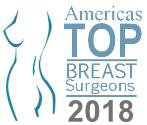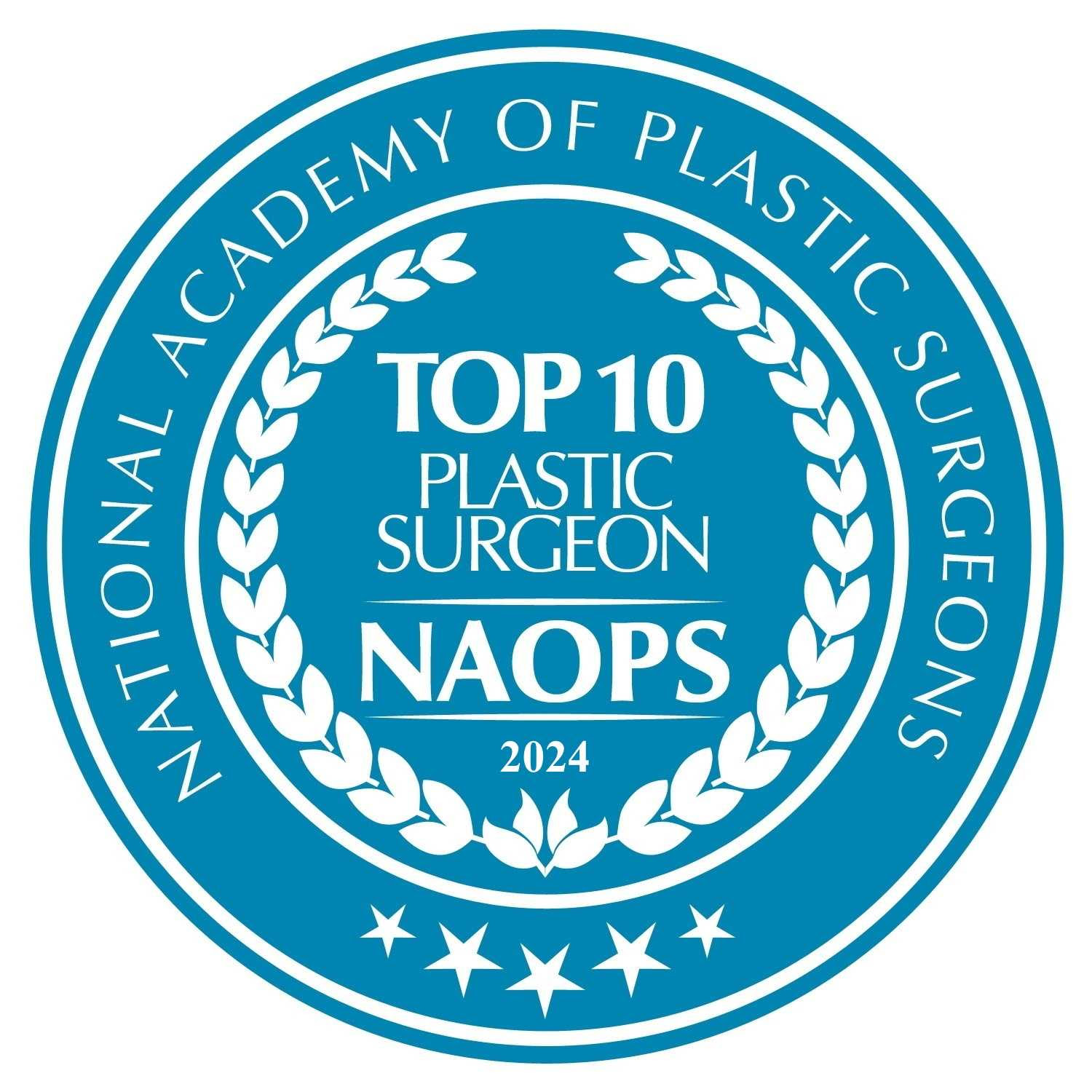Breast Augmentation
Breast augmentation, is a surgery designed to increase the size and/or improve the shape of a woman’s breasts. It is technically called an augmentation mammoplasty.

If You’re Considering Breast Augmentation…
Breast augmentation generally involves the addition of an implant behind each breast. There are a variety of available implant types, and which one is right for you will depend on your goals and physiology. Dr. Leonard will discuss different implant types with you in order to help you choose the one that will give you the best outcome.
Women choose breast augmentation for many different reasons. Many women feel that their natural breasts are too small, so they seek this surgery in order to increase by a cup size or more. Others feel that their breasts look “deflated” after losing a large amount of weight. Some women have breasts that are naturally asymmetrical, and they may turn to surgery as a way to even out the size or shape of their breasts. Breast augmentation also can help women who have had a mastectomy after a breast cancer diagnosis.
The following sections will help give you a general idea of what goes into breast augmentation – who the ideal candidates are, the types of implants available, and the possible associated risks. You’ll also learn how to prepare for surgery and what you can expect in terms of results. However, this is intended as a general guide. Dr. Leonard can answer your specific questions.
The Best Candidates for Breast Augmentation
While a breast augmentation can bring you a few steps closer to your ideal physique, it won’t necessarily make you physically perfect. Thus, the ideal candidate is someone who has realistic expectations for the procedure. It is reasonable to expect that a breast augmentation will improve your appearance and your confidence, but it is, of course, unreasonable to expect that it will fix all of your problems.
Because having realistic expectations is vital, be sure to discuss what you want out of a breast augmentation with Dr. Leonard. He can help you ensure that any expectations you have are in line with what the procedure can give you.
Types of Breast Implants
Depending on your goals for your breast augmentation, your current breast size, your lifestyle, and your body type, Dr. Leonard may recommend a certain implant type for you. While there are many different subtypes of breast implants available, the two main types are silicone and saline. All breast implants have a silicone shell, but they can be filled with either saline or silicone. Saline implants are FDA approved for women 18 years of age and older, while silicone implants are approved for women 22 and older.
While choosing between the implant material is one of the most important pre-surgery decisions to make, there are other factors to consider as well. These include the texture, shape, profile, and diameter of each implant. These implant features help to determine the post-surgery appearances of each breast. Dr. Leonard will discuss these options with you in order to ensure that your surgery results are as close to your ideal as possible.
Regardless of which option you choose, it is important to understand that any type of breast augmentation may require repeat surgeries to repair or replace implants as needed.
All Surgery Carries Some Uncertainty and Risk
While breast augmentation is a well-established surgical procedure, it is important to understand that every operation has some degree of risk involved. However, breast augmentation has some specific concerns. The most common post-surgery issue is known as capsular contracture. This means that the scar around the implant starts tightening. This causes the affected breast to feel hard. This condition can be treated in a few different ways. Sometimes, a second operation is necessary to remove the scar tissue. At other times, the implant needs to be removed entirely.
Occasionally, a woman will develop an infection around an implant. If the infection is severe, the implant may need to be removed until the infection heals completely. After it has healed, the implant can be replaced.
It is possible for breast implants to leak or to rupture. The implant type dictates what to do of this happens. A leaking saline implant will simply deflate, and the body will then absorb the leaked salt solution. A leaking silicone implant may not be immediately visible, so women with these implants are advised to have them screened annually to check to see that the implants are functioning properly and are not leaking.
Finally, it is important to keep in mind the fact that breast implants may make it more difficult for a mammogram to detect breast abnormalities. Therefore, it is important to tell your doctor that you have breast implants. This is because different views are often necessary when a woman has implants.
Planning Your Surgery
Planning out a breast augmentation will be a collaborative effort between you and Dr. Leonard. Dr. Leonard will start with a basic health evaluation and will tell you which implant types are best for you based on your physiology.
During your consultation, it is also important to explain to Dr. Leonard what you hope to get out of your breast augmentation. Communicating your goals can help to give him an idea of what you want the final result to look like, and this can help him choose the right implant type for you.
Before you undergo the surgery, make sure that you understand all associated risks and that your expectations are in line with the projected result.
Where Your Surgery Will Be Performed
Types of Anesthesia
The type of anesthesia used will depend on the type of augmentation you’re having. Many breast augmentations are performed under general anesthesia, which makes you completely unconscious. This anesthetizes the breast area, and it is usually given with a sedative so you will be drowsy, but not fully unconscious.
The Surgery
The breast augmentation surgery involves making an incision, positioning the implant, and then sewing the incisions shut. Dr. Leonard may make an incision around your areola, where your breasts meet your torso, or at your armpit. Regardless of where the incision is, Dr. Leonard will work to make sure that your scars are not noticeable.
The implant may be placed right behind your existing breast tissue, or it may be placed behind your pectoral muscles. Dr. Leonard will discuss the details of implant placement and incision location with you prior to surgery.
As surgeries go, breast augmentation is somewhat brief. It typically lasts one to two hours.
After Your Surgery
Getting Back to Normal
Even though full healing takes time, you should be able to return to work a few days after surgery. This may be different if you work a job with a high level of physical activity. Dr. Leonard will advise you on when to resume your normal activities, including work and exercise.
You should avoid having anything come in direct contact with your breasts for a few weeks, as any direct contact is likely to cause pain. After this period of time, it is generally safe for something to come in direct contact with your breasts, as long as they are no longer painful.
The scars from your surgery will remain hard, pink, and noticeable for about six weeks, and sometimes for longer periods. It is important to not be alarmed if they appear to widen, as this is an often-seen step in the healing process. The scars will finally start to fade after a few months, and they typically become less noticeable with time.
Your New Look
Though waiting for full healing takes patience, you will be rewarded with the finals result. Many women are thrilled to see that they have improved their appearance, and they may find that their self confidence improves dramatically.
However, even if you think the results couldn’t be better, it is important to follow up with Dr. Leonard to make sure that your implants are in good condition and that they are functioning correctly. It is also important to continue to practice monthly breast self-exams and to regularly be screened for breast cancer.
Lastly, you may find that not everyone in your life understands or agrees with your decision to pursue a breast augmentation. However, this is a very personal decision. If you find that you are pleased with your surgery results, then the procedure is a success.
Contact Leonard Plastic Surgery
Leonard Plastic Surgery
Water Place │ 500 Liberty Street S.E., Suite 400 │ Salem, OR 97301
(503) 391-2760 │leonardplasticsurgery@gmail.com





